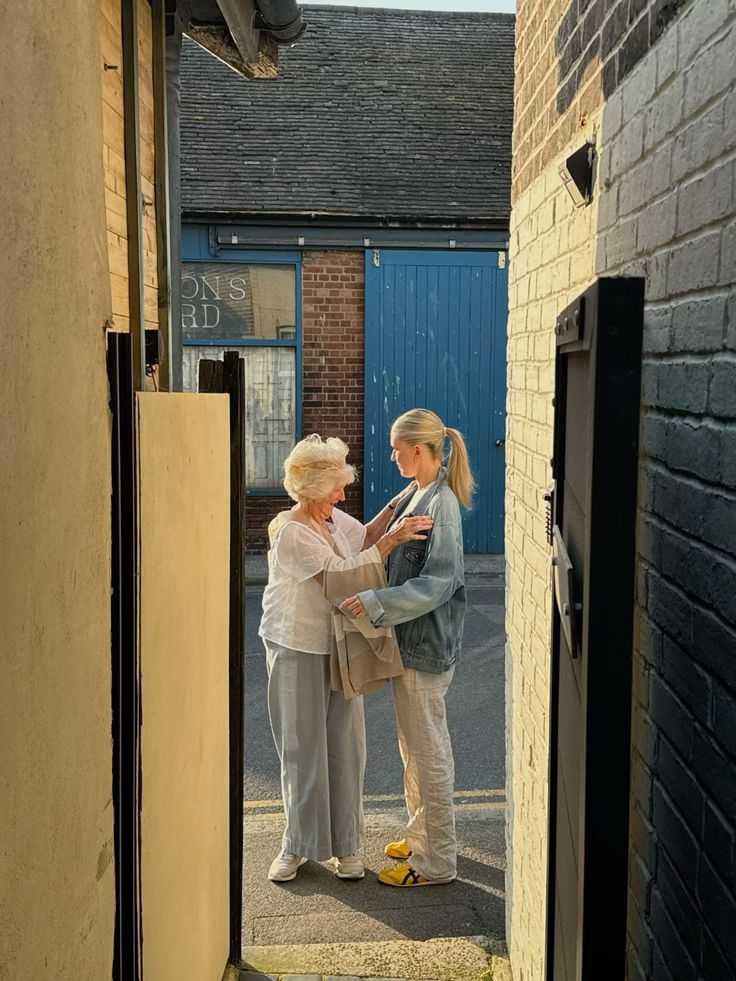Online lingerie and Halloween store, Yandy, made headlines this month for its questionable “Brave Red Maiden” costume, an ill-advised sexual take on “The Handmaid’s Tale.” For those unfamiliar with the source material, the Margaret Atwood novel-turned-Hulu series centers around Gilead, a dystopian society in which women are separated into classes based mainly on fertility and forced to sleep with and bear children for the men of whom they are legal property. Given the subject matter of the novel and its subsequent TV adaptation, a sexualized version of the uniform worn by the women bred into sexual servitude was nothing short of a horrifically tone-deaf decision by Yandy.

Photo from bustle.com
However, Yandy, along with Spencer’s, Spirit Halloween, Halloween City and other well-known companies in the Halloween costume business still sell pages of costumes like “Chief’s Desire,” a Native American-inspired corset mini dress. While the phrase, “my culture is not your costume,” has become somewhat of a joke on social media, it’s genuine meaning rings true: Halloween is not an excuse for cultural appropriation.
Cultural appropriation is defined by the Cambridge Dictionary as, “the act of taking or using things from a culture that is not your own, especially without showing that you understand or respect this culture.”
This is the essence of costumes marketed as culturally-inspired, and the argument that cultures can be shared and cultural elements can be borrowed doesn’t hold up when the cultural element in question is a one-dimensional, inaccurate Halloween costume.

Photo from yandy.com
Native American, or the more offensive “tribal-inspired” costumes are likely the most discussed in terms of the cultural appropriation debate. The majority of costumes under this category are for women, and are heavily sexualized, stereotyped versions of Native American women. The offense taken from these costumes is not solely because of their inaccuracy, but because of the basic history and current struggles, including particularly high levels of sexual assault, of Native American people, namely women.
The history of both literal and cultural genocide and human rights atrocities against Native American people by white colonizers are glossed over when the most common representation of real, living cultures becomes mini dresses with stereotypical touches like fringe and feathers. The sexualization of the “Pocahontas” figure, also known as the inaccurately-dubbed “Indian princess,” becomes much less sexy when remembering that the real-life Pocahontas was between 10 and 13 years old upon meeting the 27-year old John Smith.

Photo from popsugar.com.au
The same logic can be applied in terms of geisha costumes, the use of blackface, depictions of Muslims as terrorists and costumes equating Mexican culture with sombreros and tequila. The debate over what’s cultural appropriation and what’s harmless fun comes to the surface every Halloween, and the distinction can be genuinely difficult for those whose culture has never been sexualized, marginalized, generalized or stereotyped to understand. This thought process can also be applied, however, to costumes depicting homelessness as funny or mental health disorders as scary.
Avoiding a culturally appropriative or otherwise offensive costume is as simple as listening. Those affected by the stigmas and stereotypes that serve as the driving forces behind certain costumes have the most informed opinions on their implications. When it comes to Halloween night, listen to those directly affected by the costume in question, and ask yourself, when you take off your outfit at the end of the night, can they remove the stereotypes? Are you wearing a costume or a culture?
SPA’s Edventures committee is excited to announce our event, Appreciation vs. Appropriation! Students will be able to learn the difference between the two during this discussion panel. It will take place on Oct. 25th at 7 p.m. in 233 HUB. pic.twitter.com/8bHkyTXfib
— Penn State's SPA (@psuspa) October 18, 2018
Penn State SPA’s Edventures committee is hosting a discussion panel on October 25 at 7 p.m. in 233 HUB regarding the difference between appreciation and appropriation. The event is free with PSU University Park ID.





